Military leaders who caused mass destruction
Throughout history, military leaders have left indelible marks on our world, orchestrating pivotal battles and reshaping territories. Their legacies are often a mix of strategic brilliance and devastating destruction. These figures, from various corners of the globe, have influenced the course of history in ways that continue to be studied and debated by historians today. Let’s delve into the stories of some of the most renowned military leaders and uncover the impact they’ve had on the world.
Genghis Khan: The Mongol Conqueror with a Massive Footprint
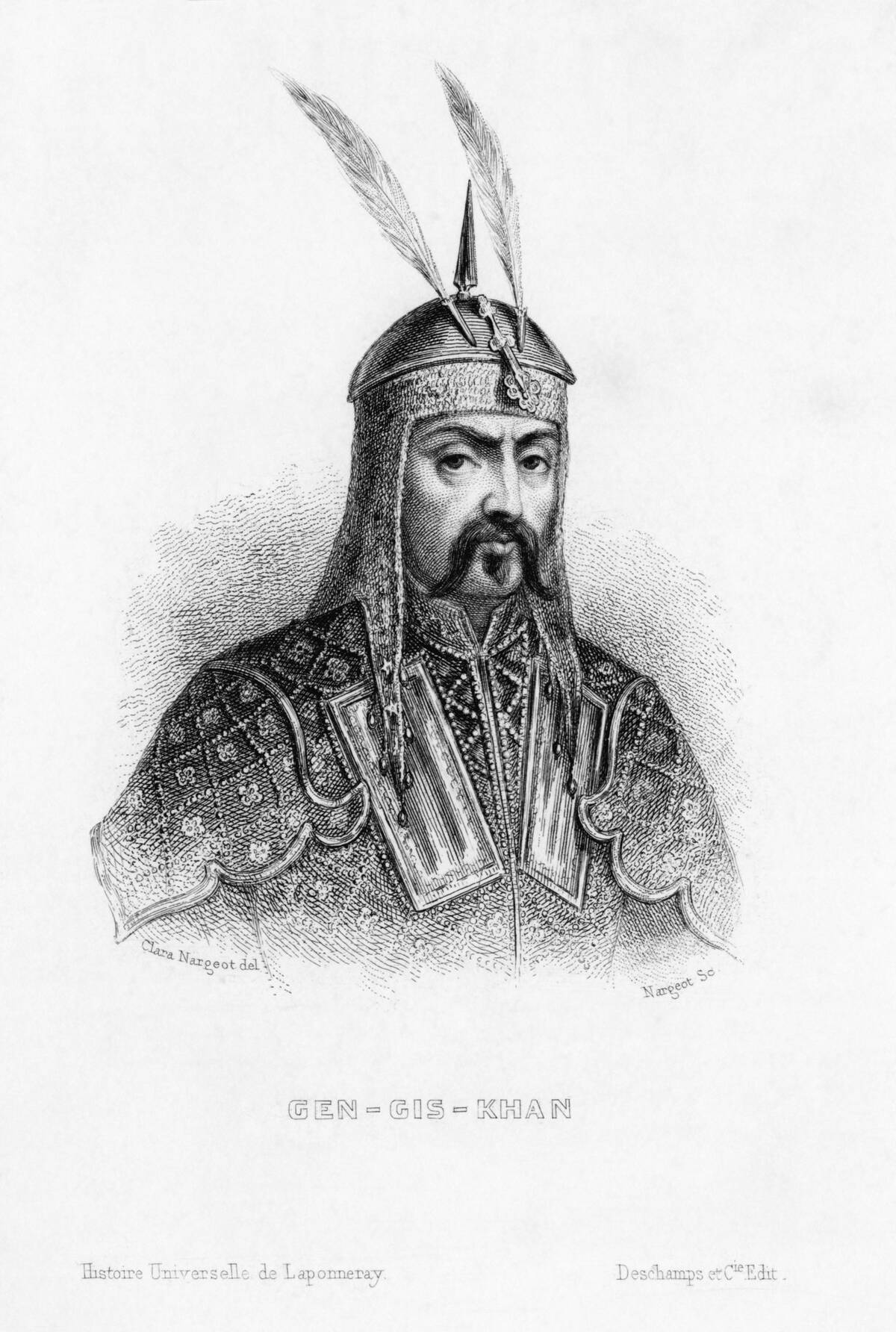
Genghis Khan, born as Temujin, unified the Mongolian steppe tribes and forged an empire that stretched from China to Europe. Under his leadership, the Mongol Empire became the largest contiguous empire in history. His innovative military tactics, such as the use of horse archers and psychological warfare, allowed him to conquer vast territories. However, his campaigns were marked by extreme brutality, with cities like Nishapur and Herat facing near total destruction.
Attila the Hun: The Scourge of God and His Devastating Campaigns
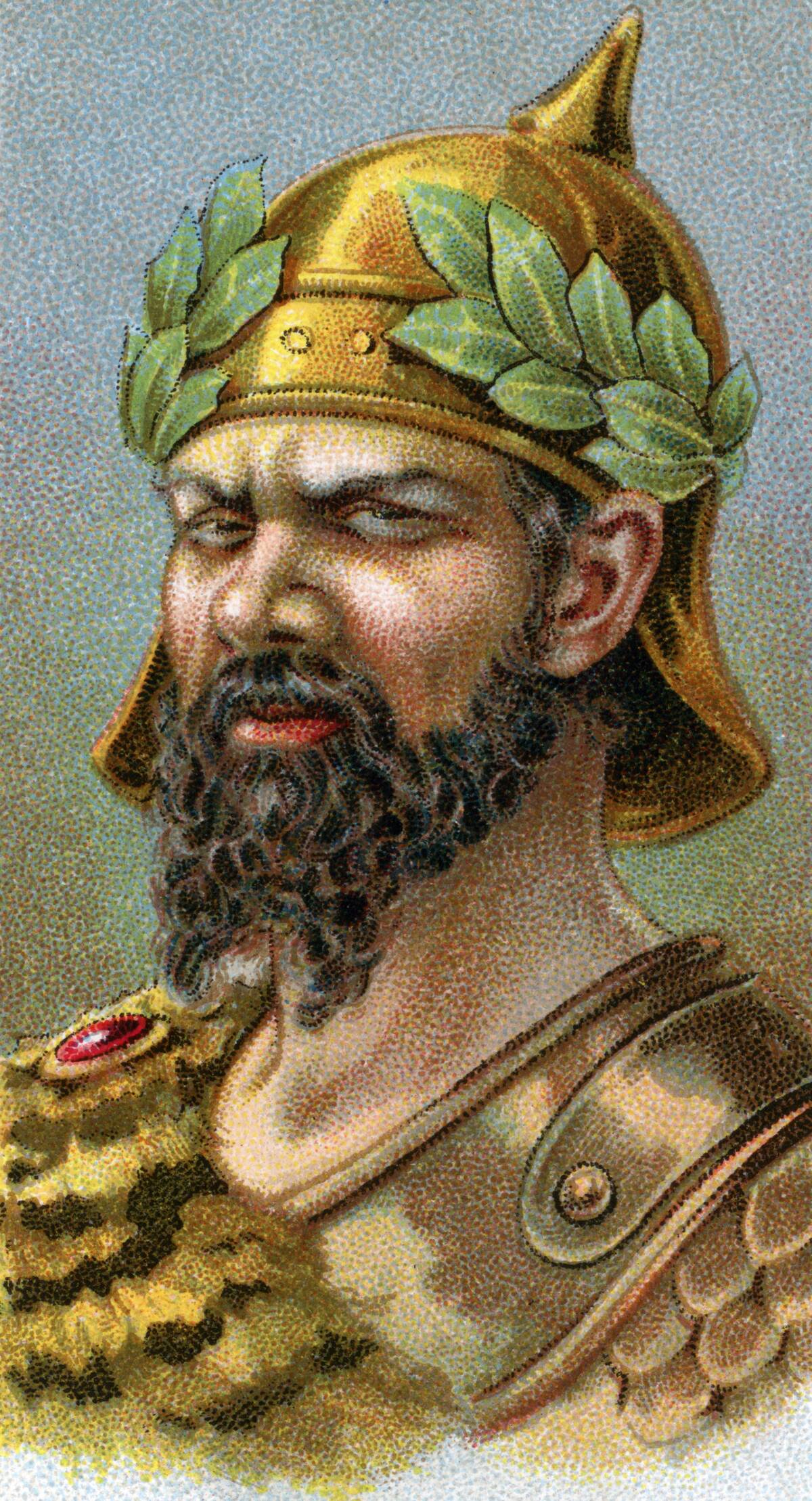
Attila the Hun, often remembered as the ‘Scourge of God,’ led his warriors in aggressive campaigns across Europe during the 5th century. Attila’s forces wreaked havoc across the Roman Empire, plundering cities and instilling fear in their wake. His infamous invasions of the Balkans and Gaul showcased his ability to exploit the weaknesses of his opponents. Despite his short reign, Attila’s impact was significant, contributing to the eventual decline of the Western Roman Empire.
Alexander the Great: Tactical Genius or Harbinger of Destruction?
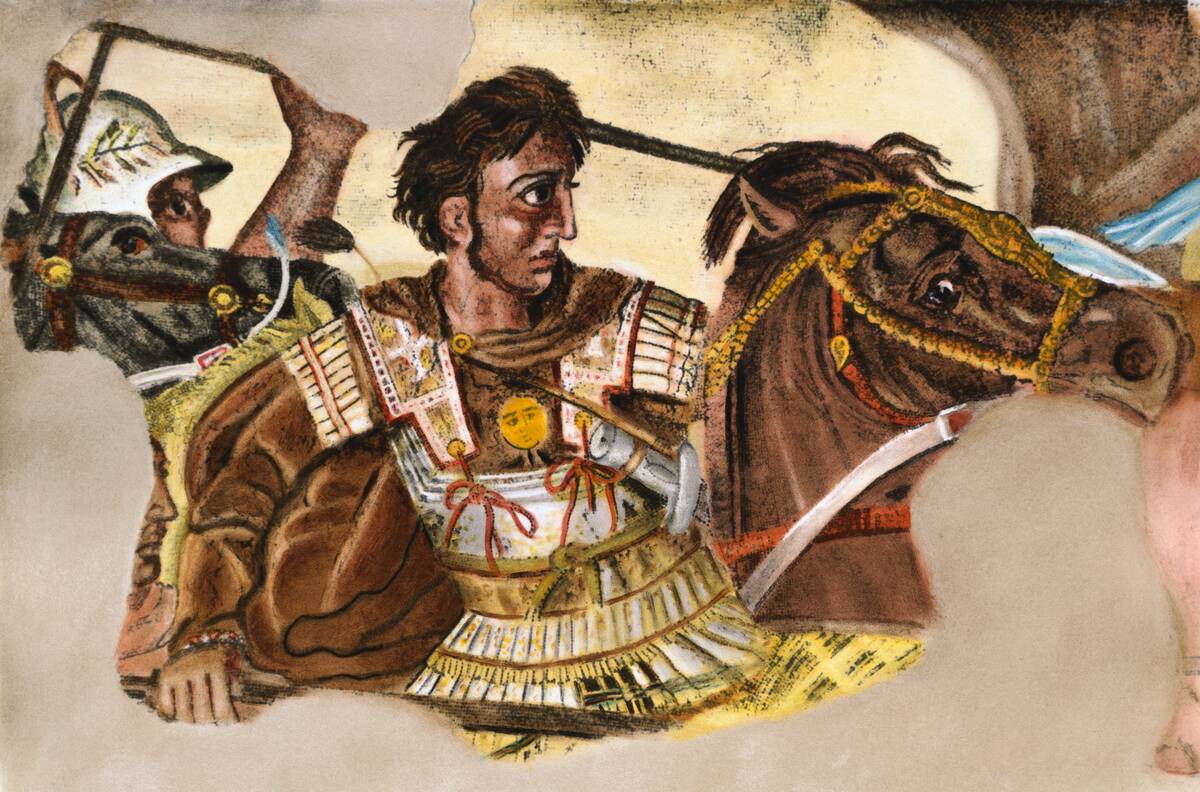
Known for his extraordinary conquests, Alexander the Great expanded his empire from Greece to India by the age of 30. His strategic acumen was evident in battles like Gaugamela, where his smaller forces triumphed over the Persian Empire. Yet, his campaigns also brought widespread devastation, with cities such as Persepolis razed to the ground. Despite these contradictions, Alexander’s influence on culture and the spread of Hellenism was profound and enduring.
Napoleon Bonaparte: Ambition, Strategy, and the European Chaos
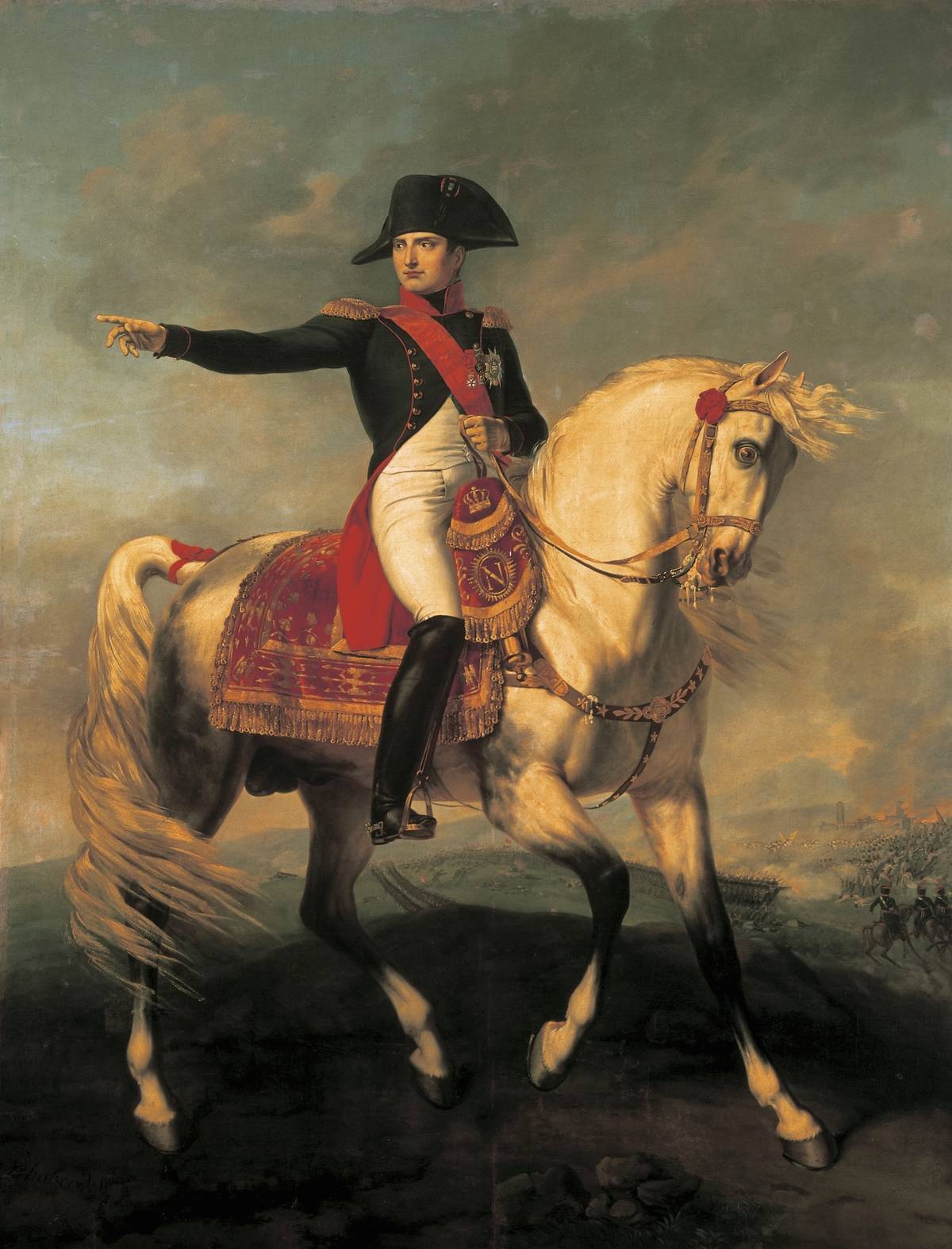
Napoleon Bonaparte, a man of immense ambition, rose to power during the French Revolution and crowned himself Emperor of the French. His military campaigns reshaped Europe, with key victories at battles like Austerlitz demonstrating his strategic prowess. However, his relentless pursuit of power led to widespread destruction and loss of life. The Napoleonic Wars left a lasting legacy, including the redrawing of European borders and the spread of nationalist ideas.
Julius Caesar: The Roman General Who Changed the Course of History
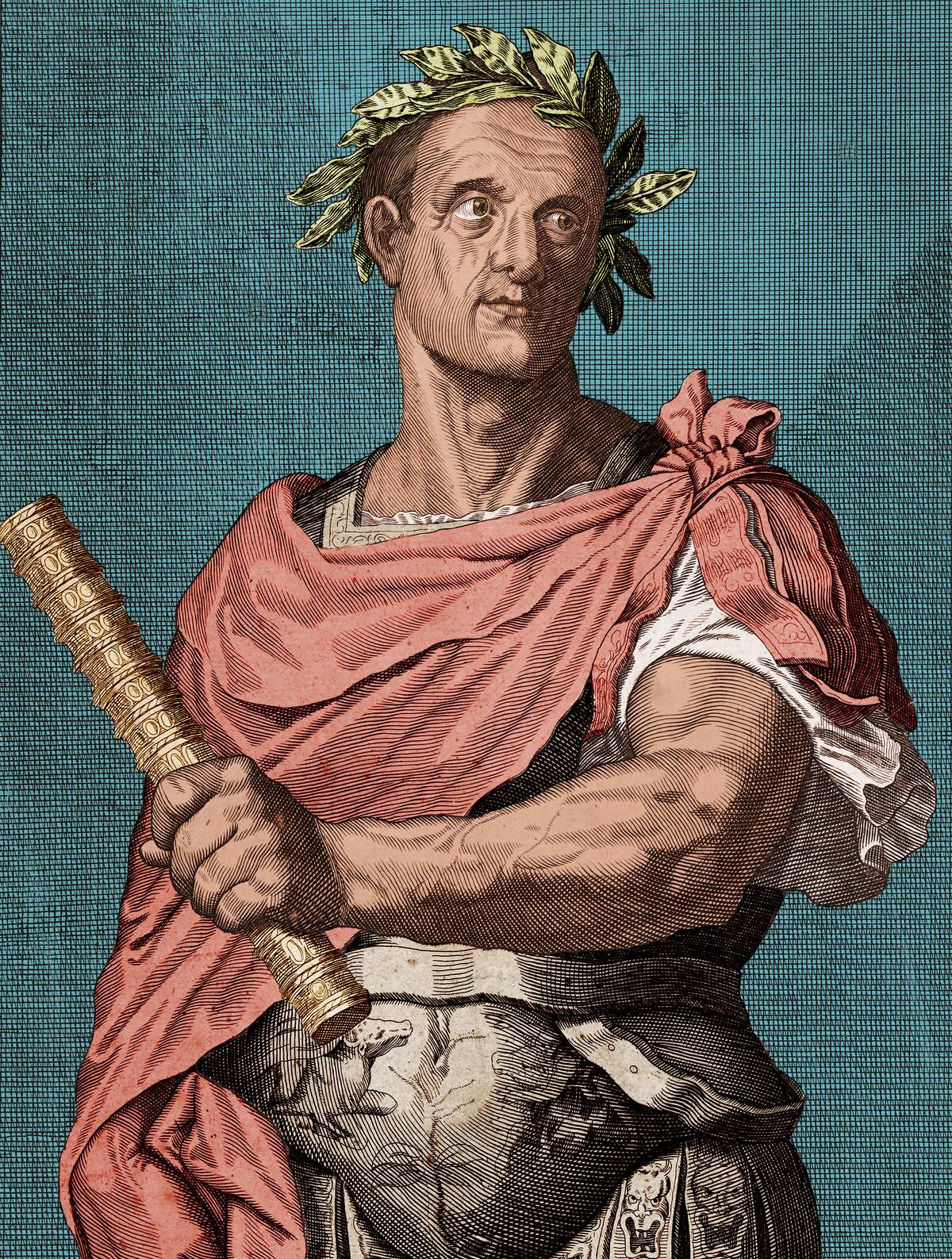
Julius Caesar’s rise to power marked a turning point in Roman history. His conquest of Gaul expanded Rome’s territories significantly, and his crossing of the Rubicon ignited a civil war that ultimately led to the end of the Roman Republic. Caesar’s military campaigns showcased his tactical brilliance, but his assassination on the Ides of March highlighted the political turbulence of the era. His legacy includes the transformation of Rome into an empire under his heir, Augustus.
Hernán Cortés: Conquistador and the Fall of the Aztec Empire
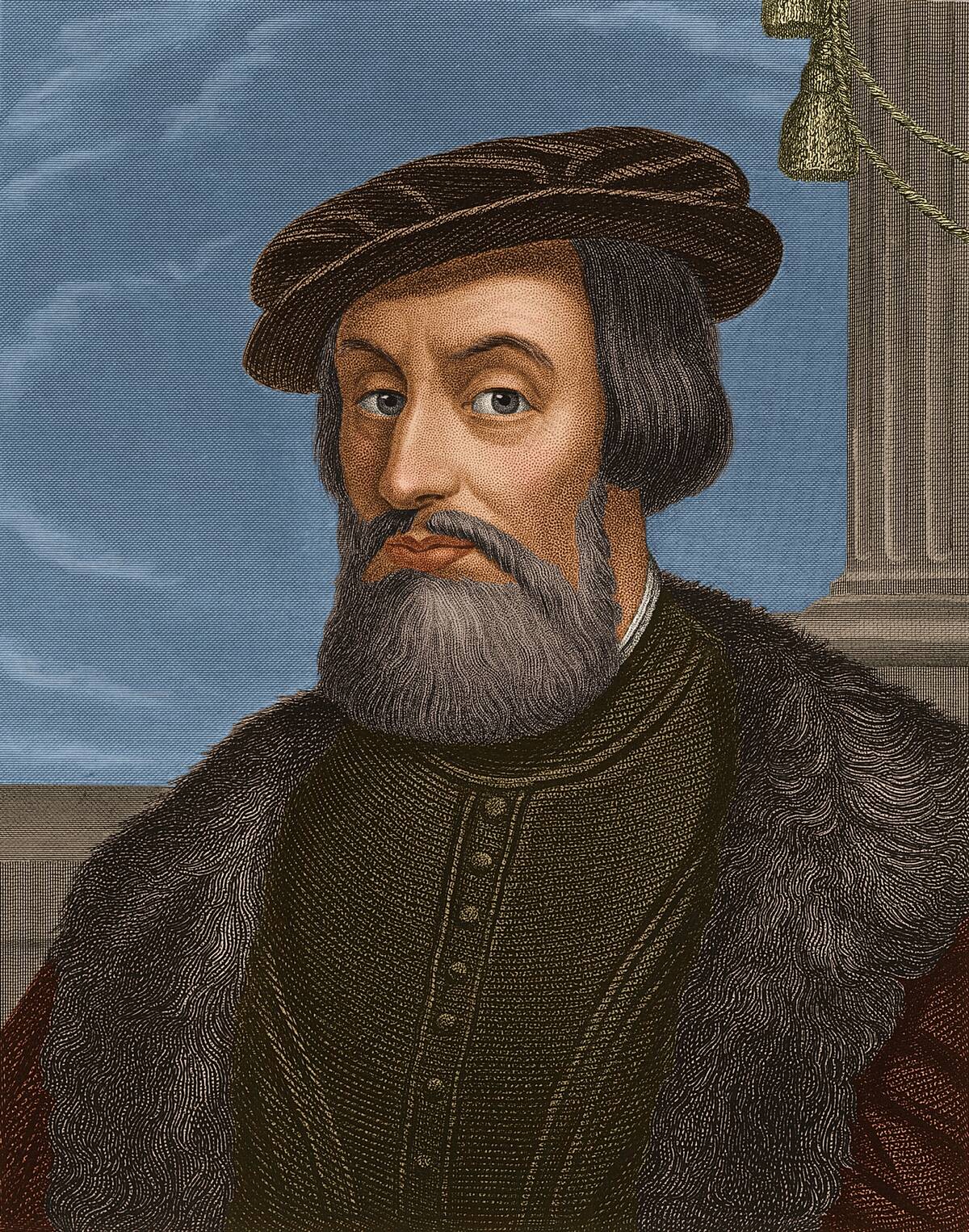
Hernán Cortés, a Spanish conquistador, led the expedition that caused the fall of the Aztec Empire in the early 16th century. With a combination of military might, strategic alliances with local tribes, and the impact of European diseases, Cortés was able to topple the powerful Aztec civilization. The capture of Tenochtitlán marked a significant moment in the Spanish colonization of the Americas, but it also resulted in immense suffering and cultural loss for the indigenous people.
Timur the Lame: The Ruthless Conqueror and His Trail of Ruins
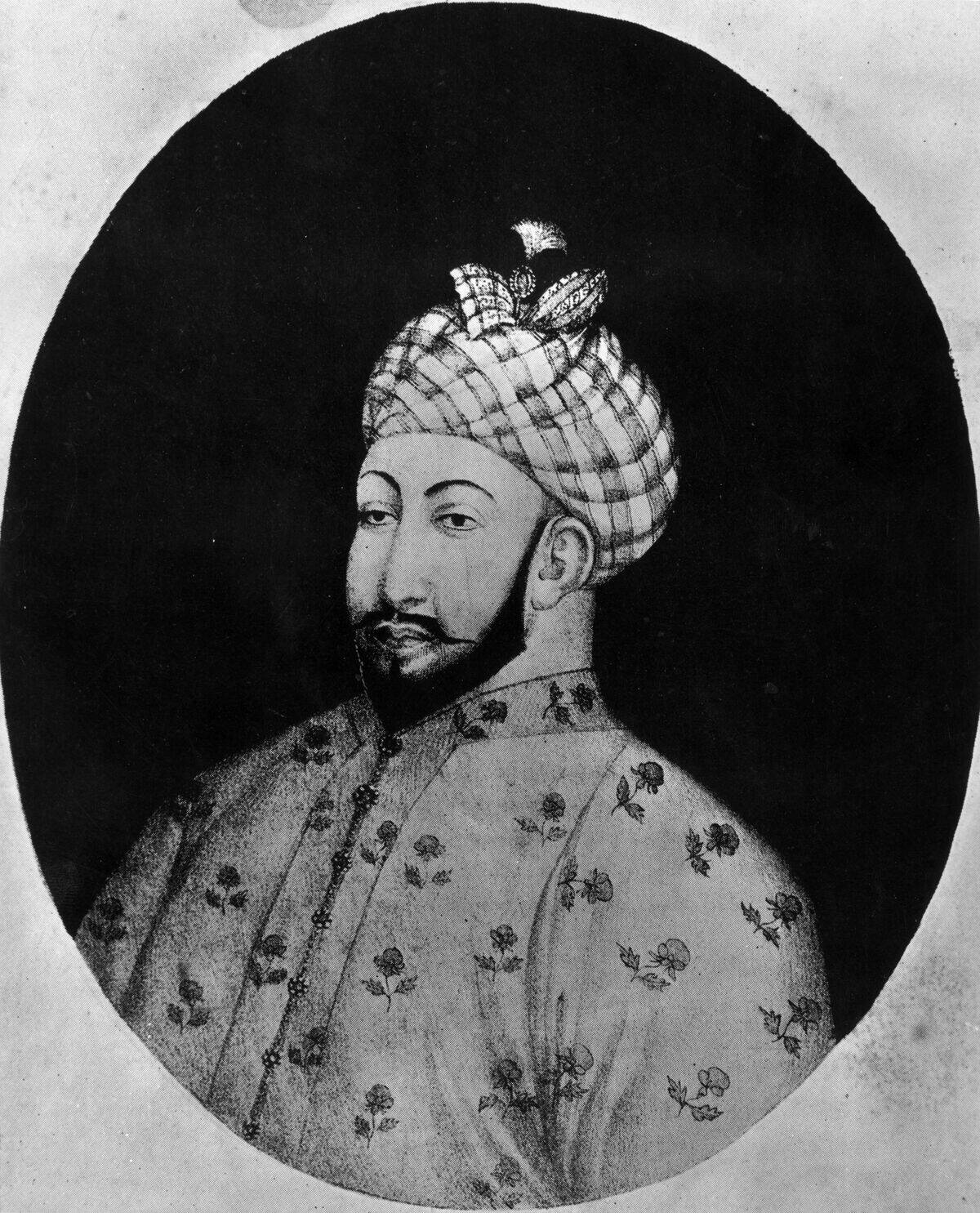
Timur the Lame, also known as Tamerlane, was a Turkic conqueror who established a vast empire across Central Asia in the 14th century. His military campaigns were characterized by brutal tactics and the widespread destruction of cities such as Delhi, Baghdad, and Aleppo. Despite his ferocity, Timur also patronized the arts and architecture, leaving behind a legacy of cultural monuments. His empire paved the way for the rise of future powers in the region, including the Mughal Empire.
Adolf Hitler: The Dictator Behind the Second World War’s Cataclysm
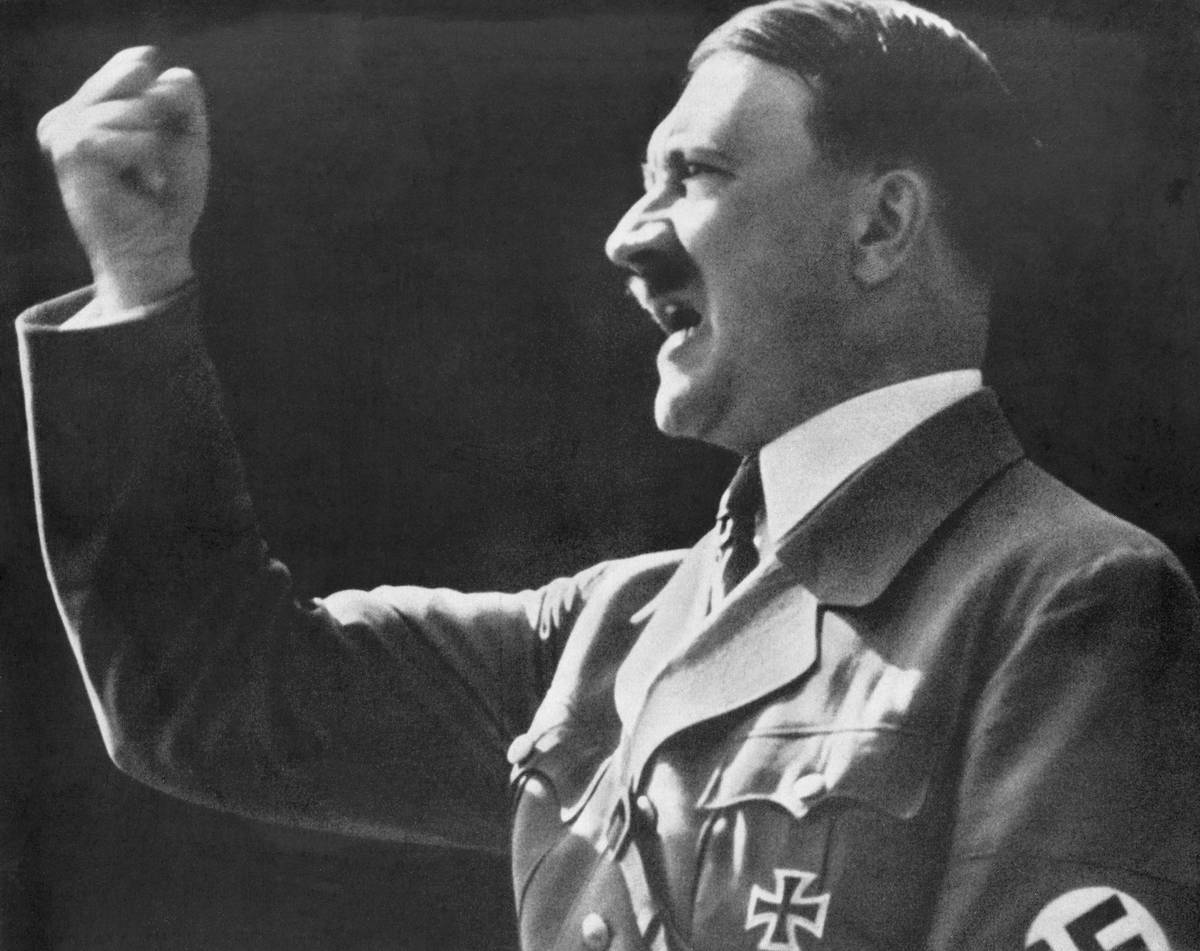
Adolf Hitler, the leader of Nazi Germany, orchestrated one of the deadliest conflicts in human history. Under his rule, Germany invaded Poland in 1939, sparking World War II. Hitler’s aggressive expansionist policies led to the occupation of much of Europe and the implementation of the Holocaust, resulting in the deaths of millions. His ultimate defeat in 1945 marked the end of the Third Reich, but the war left a scar across the world, reshaping international relations and the global order.
Joseph Stalin: The Iron Fist and the Cost of Soviet Expansion

Joseph Stalin, the Soviet Union’s leader during and after WWII, transformed the country into a global superpower. His leadership was marked by industrialization and military might, contributing to the defeat of Nazi Germany. However, Stalin’s regime was also characterized by political purges, forced labor camps, and widespread repression. The expansion of Soviet influence during the Cold War came at a tremendous human cost, with millions suffering under his authoritarian rule.
George S. Patton: Controversial Tactics in the Midst of WWII
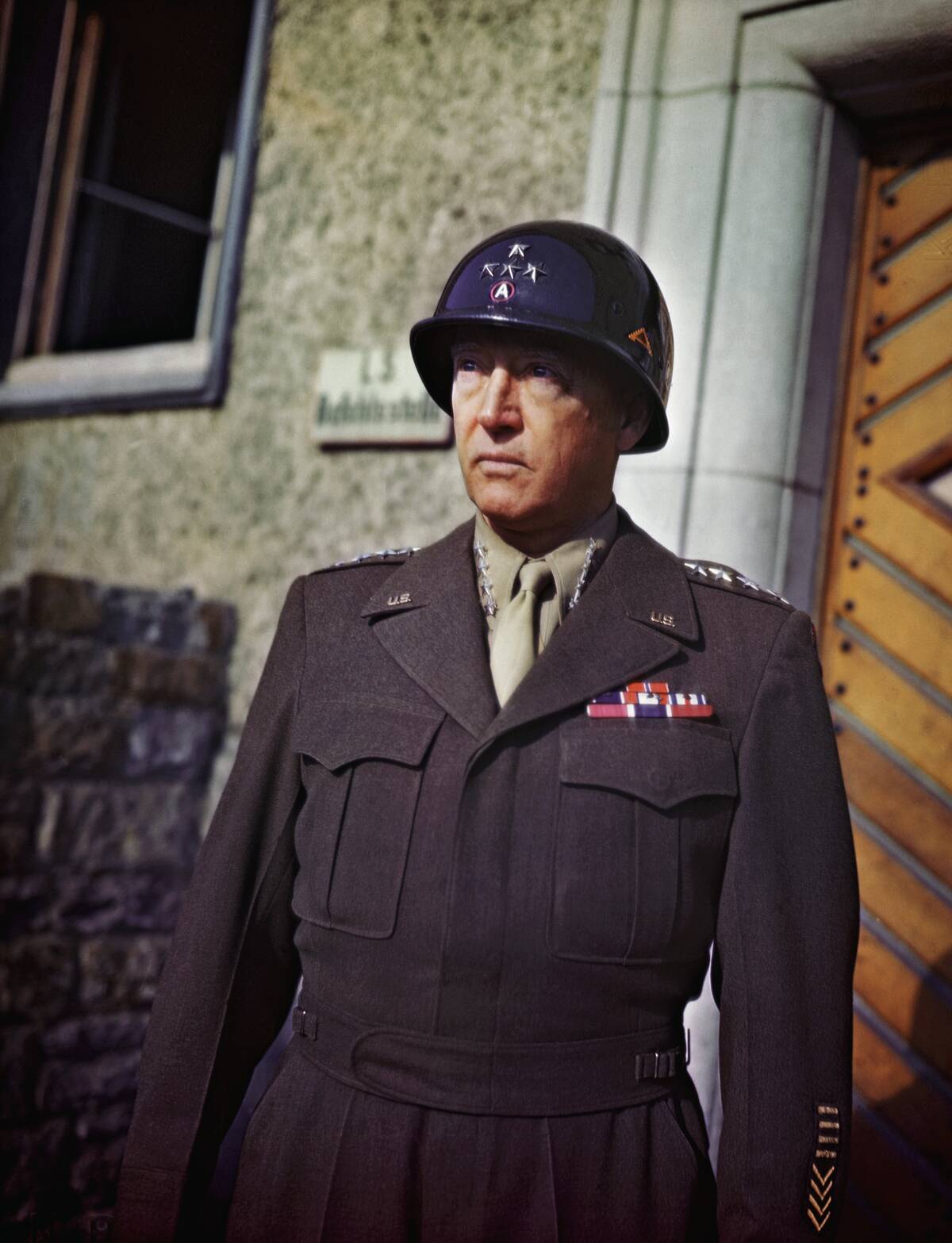
General George S. Patton was a prominent figure in the Allied campaign during World War II. Known for his bold and aggressive tactics, Patton played a crucial role in the liberation of Europe, particularly during the Battle of the Bulge. His leadership was not without controversy, as his outspoken nature and incidents of misconduct often drew criticism. Despite this, Patton’s ability to inspire and lead his troops contributed significantly to the Allied victory.
Hideki Tojo: The Military Leader Behind Japan’s WWII Aggression
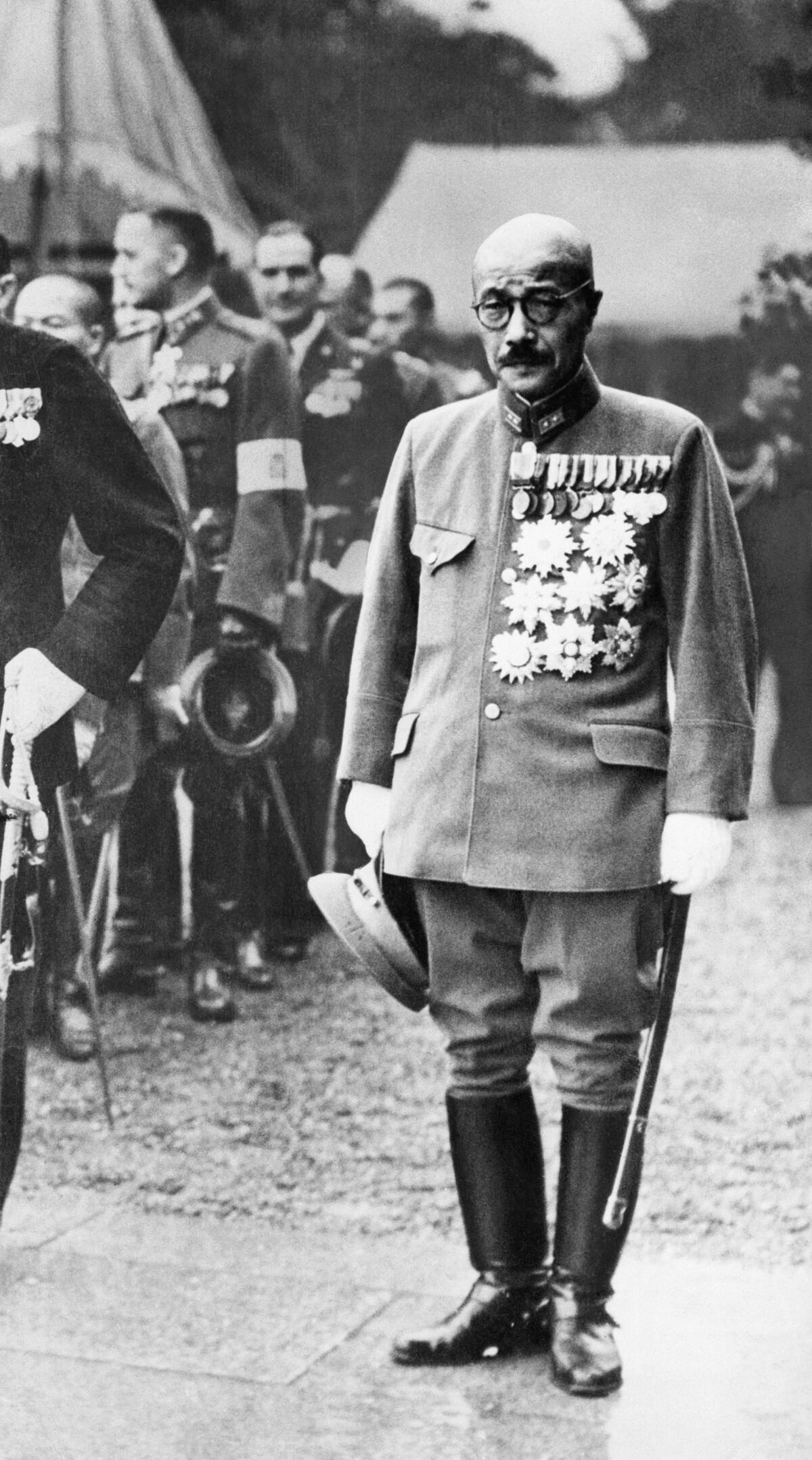
Hideki Tojo, as Prime Minister of Japan, was a key architect of the country’s wartime strategy during WWII. Under his leadership, Japan pursued aggressive military expansion across Asia and the Pacific, leading to the attack on Pearl Harbor in 1941. Tojo’s policies contributed to significant conflict and suffering throughout the region. After Japan’s defeat, Tojo was tried and executed for war crimes, but his actions left a lasting impact on Japan’s post-war identity and international relations.
Napoleon’s Russian Campaign: A Frozen Path to Destruction
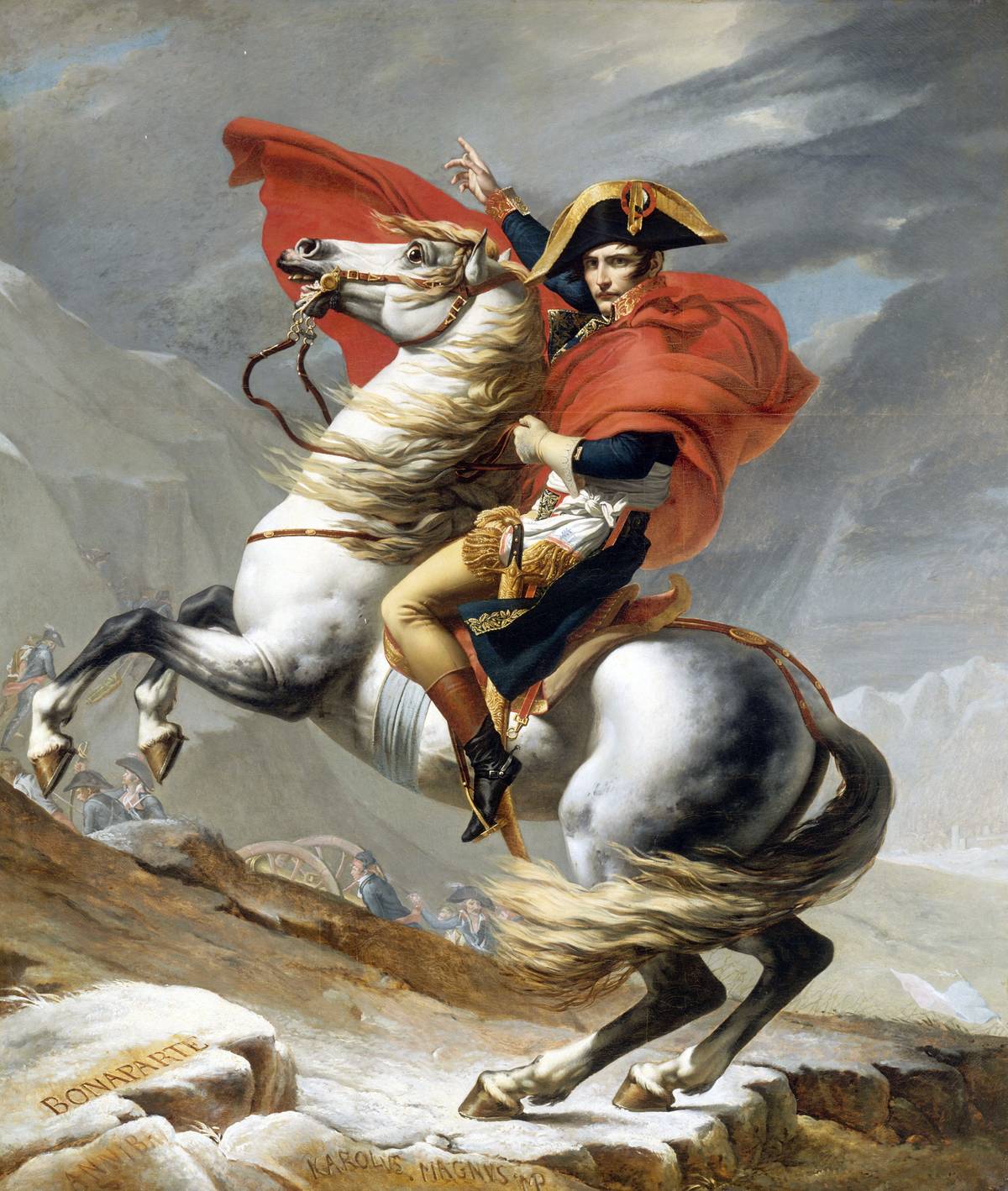
Napoleon’s invasion of Russia in 1812 is often cited as one of his most significant military blunders. The campaign, intended to compel Russia to cease trade with Britain, ended in disaster due to harsh winter conditions and the scorched earth tactics of the Russian army. Of the 600,000 troops that began the campaign, fewer than 100,000 returned. This catastrophic loss marked a turning point in Napoleon’s fortunes and contributed to the eventual fall of his empire.
The Role of Military Technology in Amplifying Destruction
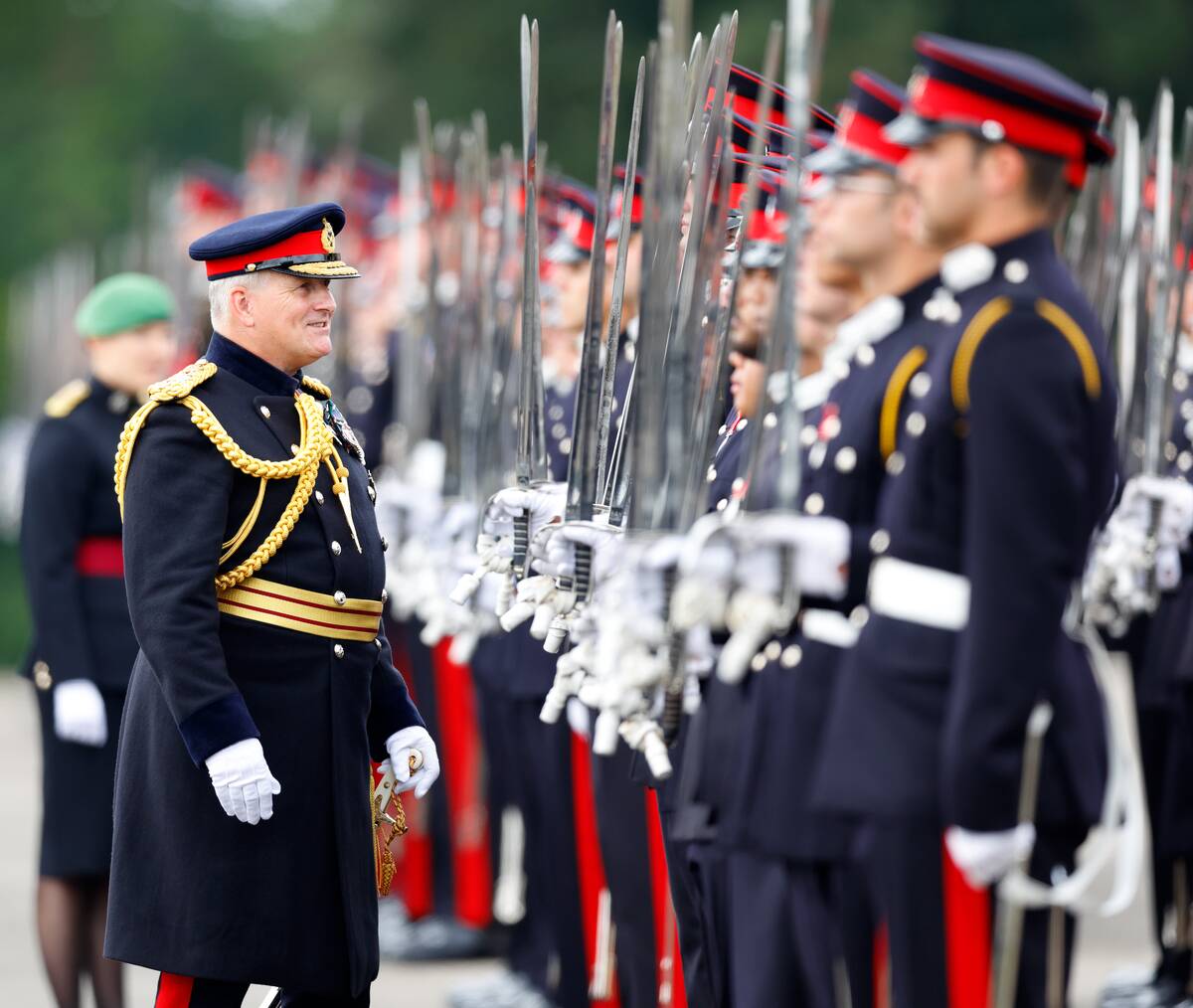
Throughout history, advancements in military technology have amplified the destructive capabilities of armies. From the invention of gunpowder and cannons to the development of nuclear weapons, technology has continually reshaped warfare. In WWII, innovations such as tanks, airplanes, and the atomic attack set new precedents for destruction. The evolution of military technology continues to influence global security dynamics, raising ethical questions about the balance between defense and devastation.



